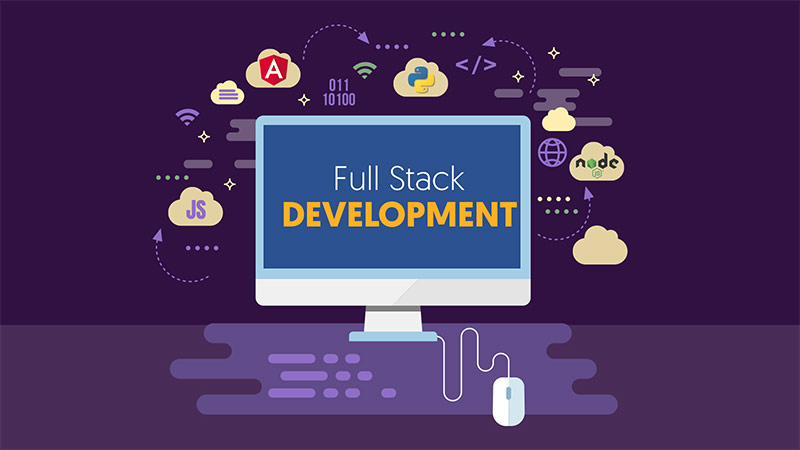In full-stack development, managing state effectively is crucial for ensuring both consistency and performance across your application. Whether you’re dealing with frontend frameworks like React or backend systems like Node.js, understanding how to handle state across the entire stack is key to delivering a seamless user experience. Let’s dive into the art of state management and explore some of the techniques that can help you maintain consistency and optimize performance.
Frontend State Management Techniques
1. Client-Side State Management
In the frontend, managing state is about keeping track of user interactions, UI components, and application data. Techniques like Redux, Context API in React, or Vuex in Vue.js provide powerful tools for managing state in a predictable and efficient manner. These libraries help ensure that your application behaves consistently, no matter how complex the user interactions become.
For instance, in my projects, I’ve found that using Redux allows for a centralized state management approach, which simplifies debugging and scaling as your application grows. By maintaining a single source of truth for your app’s state, you reduce the likelihood of inconsistencies and bugs.
Backend State Management Techniques
2. Server-Side State Management
On the backend, managing state involves handling session data, user authentication, and database transactions. State management on the server side can be more complex due to the need for data persistence and synchronization across multiple clients.
Techniques like using session management middleware in Node.js, caching strategies with Redis, or even database state management with transactions are essential for ensuring that the server-side state is consistent and reliable. From my experience, implementing these techniques not only improves performance but also enhances the security and scalability of your application.
Achieving Consistency Across the Stack
3. Synchronizing State Between Frontend and Backend
The real challenge in full-stack development is ensuring that the state remains consistent across both the frontend and backend. This requires effective communication between the two, often through APIs or WebSockets, to synchronize data and state changes in real-time.
One strategy I’ve found effective is leveraging GraphQL for state management, as it allows for more granular control over the data fetched and updated across the stack. This not only optimizes performance by reducing unnecessary data transfer but also ensures that the frontend and backend are always in sync, providing a seamless user experience.
Conclusion
Managing state across the full stack is a complex but essential aspect of full-stack development. By mastering state management techniques on both the frontend and backend, you can ensure your applications are consistent, efficient, and scalable.
Ready to refine your state management skills?
Join us to enhance your expertise and build robust, high-performing applications. Visit CYBERBUDDIES Academy website to learn more and secure your spot today.








